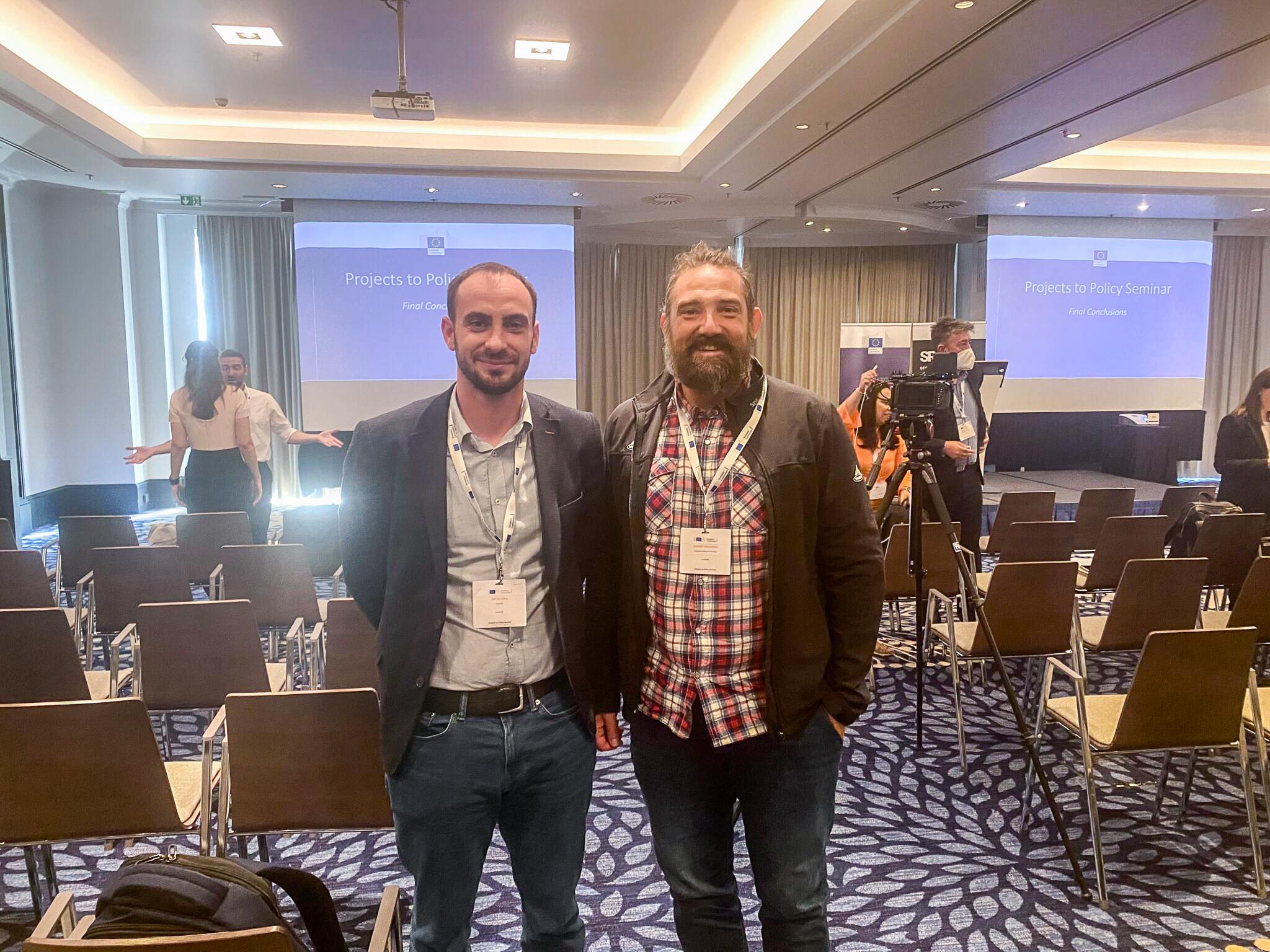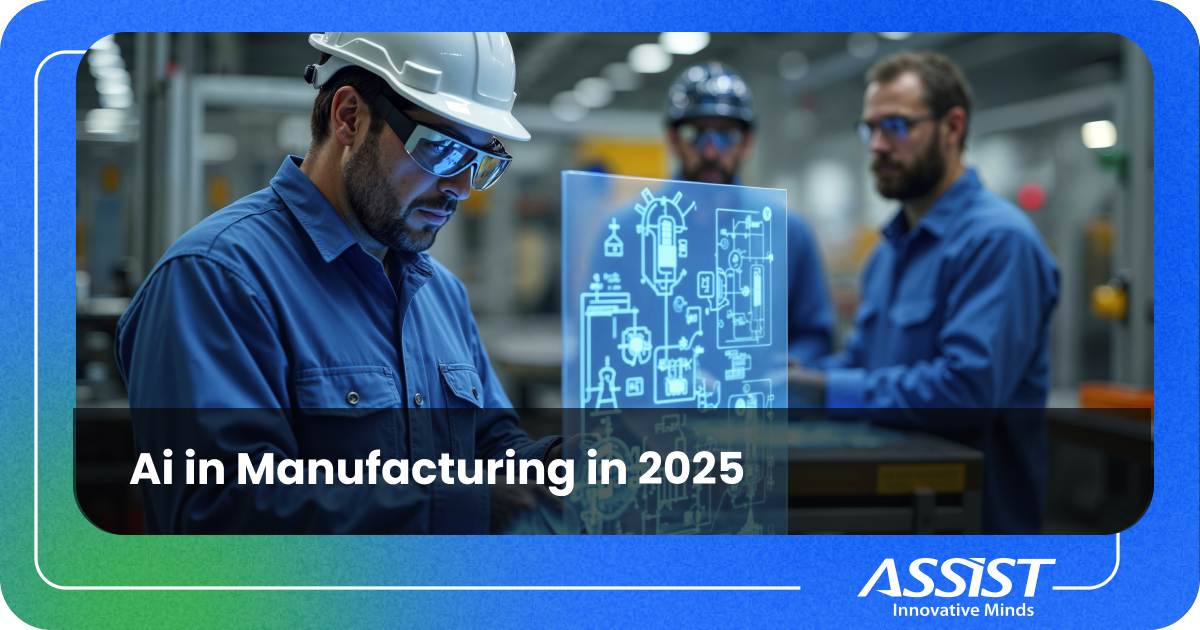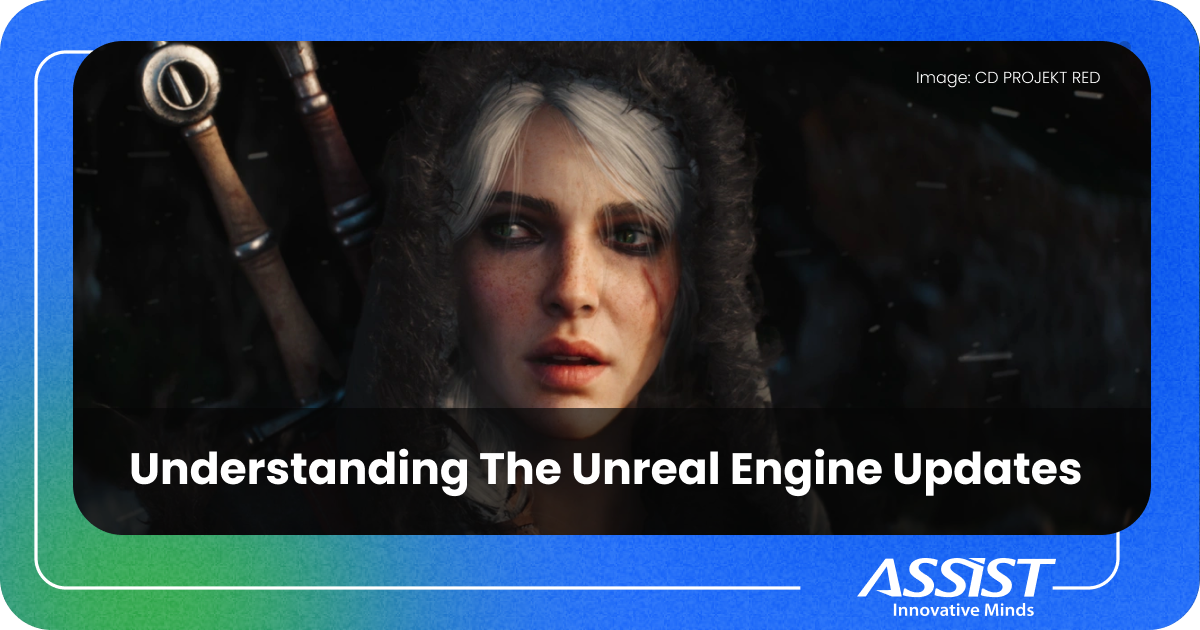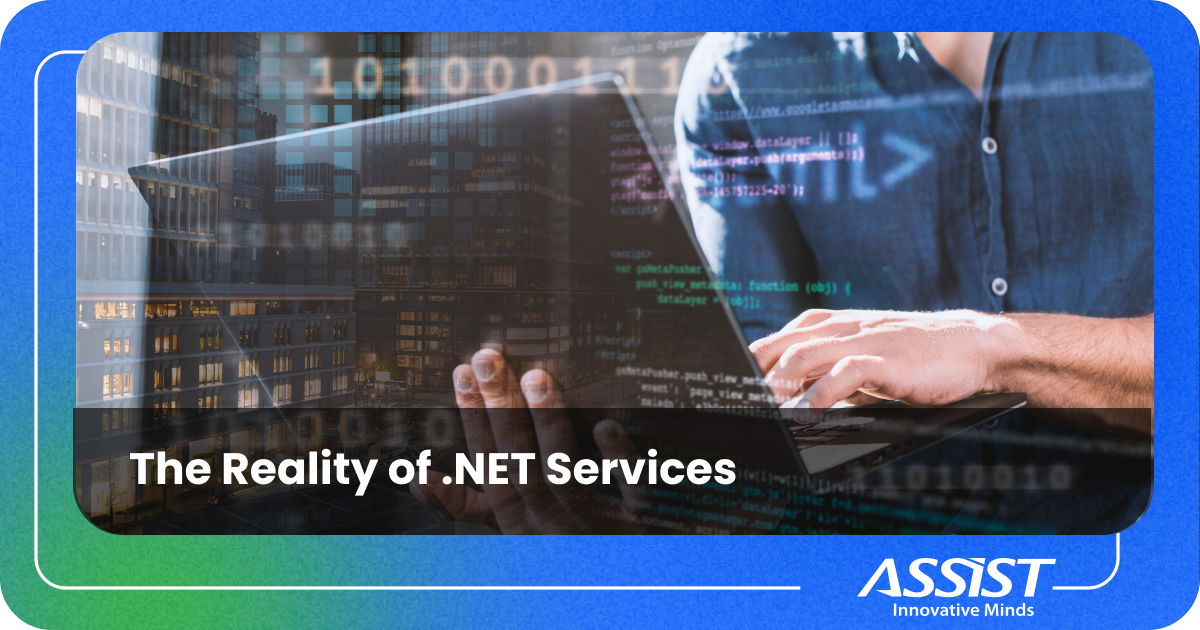CounteR at the Projects to Policy Seminar

REA and DG Home, entities of the European Commission, extended an invitation to the CounteR consortium to participate in the Projects to Policy Seminar, which was held in Brussels, on the 30th of June and 1st of July, 2022.
The main goal of the event was to establish two-way communication between current Horizon 2020 projects and relevant Commission services, enabling consortia to contribute to shaping the EU regulations, provisions, and recommendations through their valuable evidence-based input. Participants were informed on what is expected from the policy deliverable, due at the end of the project, which should contain recommendations and comments related to current policies and suggestions on how to optimize them. At the same time, the event was designed to familiarize project representatives with the new directives issued by policymakers, such as the AI act.
Representatives of ASSIST Software from Romania, as coordinator, and European Institute from Bulgaria, as dissemination and communication partner, were designated to attend this seminar on behalf of CounteR. They presented the technical and practical objectives, the exploitation strategy and the challenges faced by the CounteR consortium during the first year of project implementation. This was an excellent opportunity for participants to learn about new repositories, tools, and training services offered by EU agencies and to connect with similar projects.
Furthermore, participants learned about several tools created by the European Commission to assist beneficiaries in their endeavors and maximize the impact of funding programs:
-
Horizon Results Booster (HRB) is an instrument that supports the projects in advancing to higher TRL levels and which the CounteR consortium intends to use to further enhance its exploitation strategy and business plan, towards the end of the project.
-
Horizon Results Platform is a tool designed to assist beneficiaries in disseminating their project’s key exploitable results to targeted audiences.
Policy officers made a few other practical recommendations:
-
Project outcomes should be available on the project website.
-
In addition to major events in the project lifespan, periodic newsletters should also cover relevant results and publicly available deliverables.
-
It is preferable to have a structured exploitation plan as early as possible in the implementation of the project.
Another practical and genuinely useful insight from the seminar was the opportunity to join the European Cluster for Securing Critical Infrastructures. By fostering cross-project collaboration and innovation, this cluster's primary goal is to establish synergies and promote the emergence of novel, disruptive security solutions.
Other EU agencies have shared some interesting initiatives:
-
EUROPOL has built a platform for sharing datasets (available only for law enforcement agencies at this point, but with prospects to be shared with research organizations in the future). Moreover, EUROPOL has a dedicated channel dedicated to the dissemination of news, results or links pertaining to H2020 security projects. This channel could be used to enhance the dissemination activities for security projects, such as CounteR.
-
CEPOL offered to provide our consortium with feedback on the training manuals that have been created within the project.
The Projects to Policy Seminar has provided insightful information that will be employed to further optimize the CounteR project implementation.



